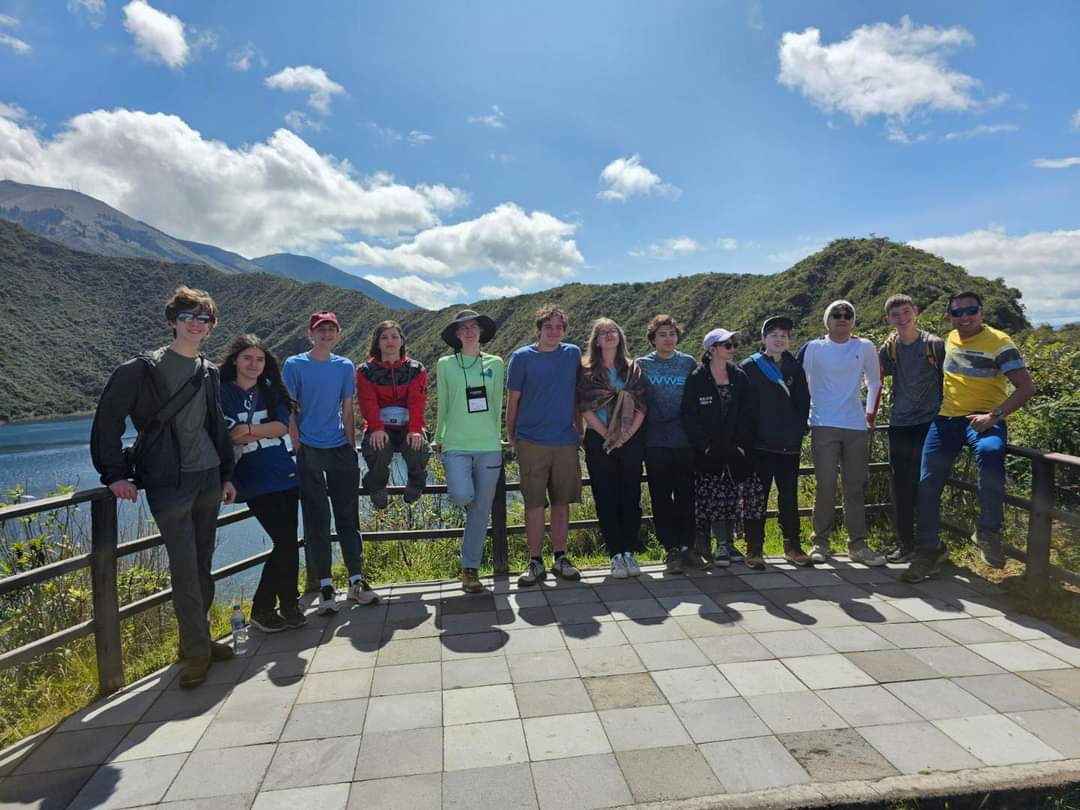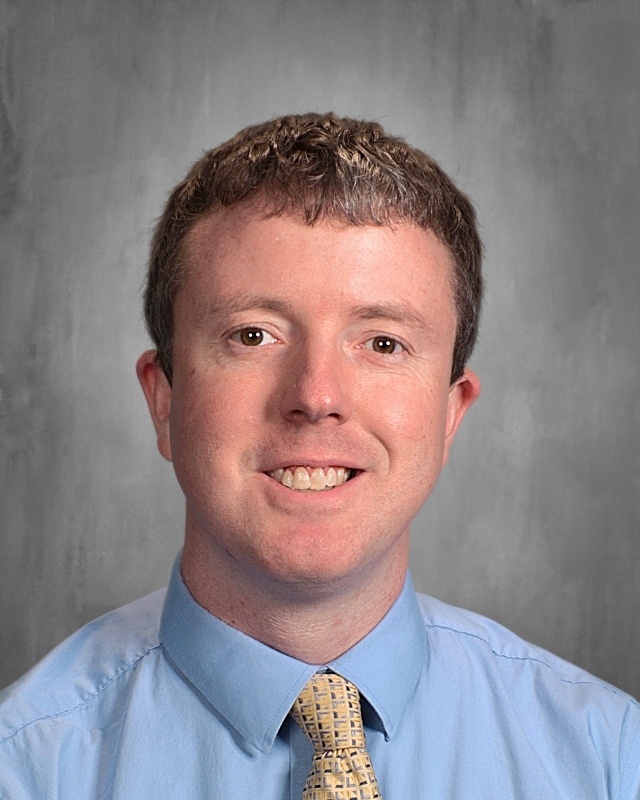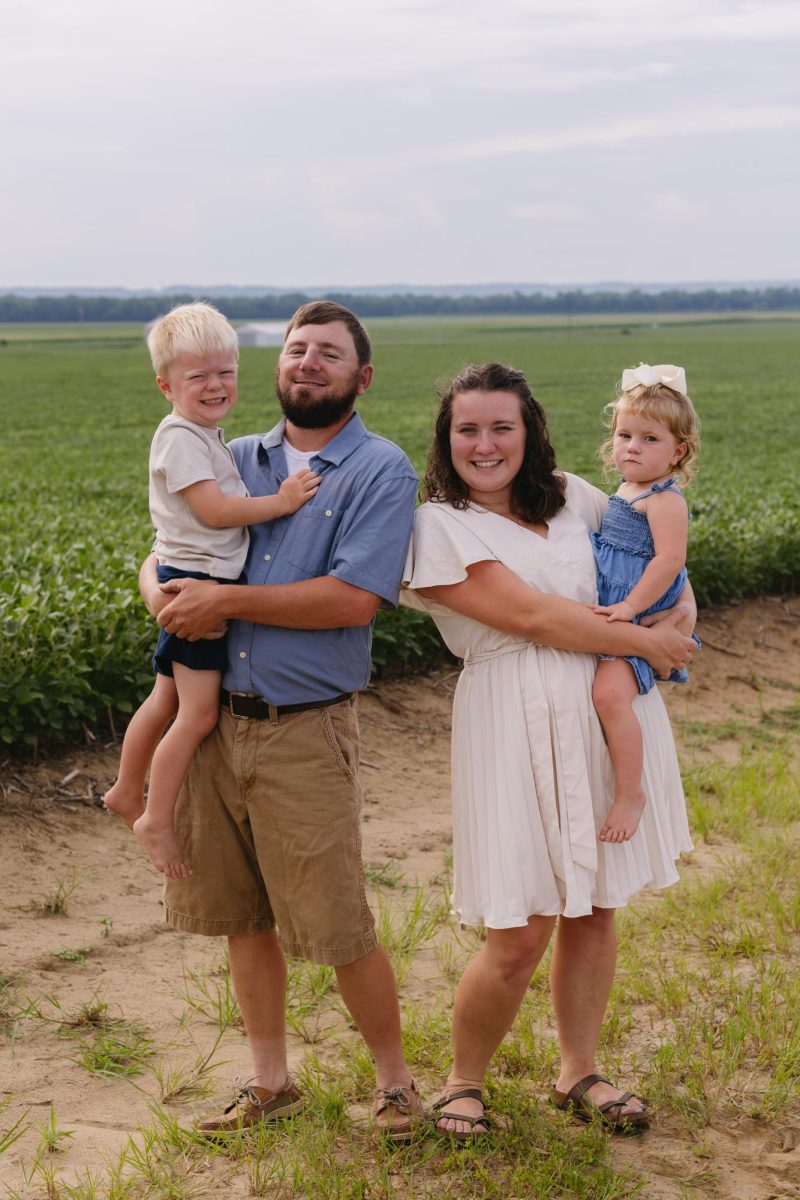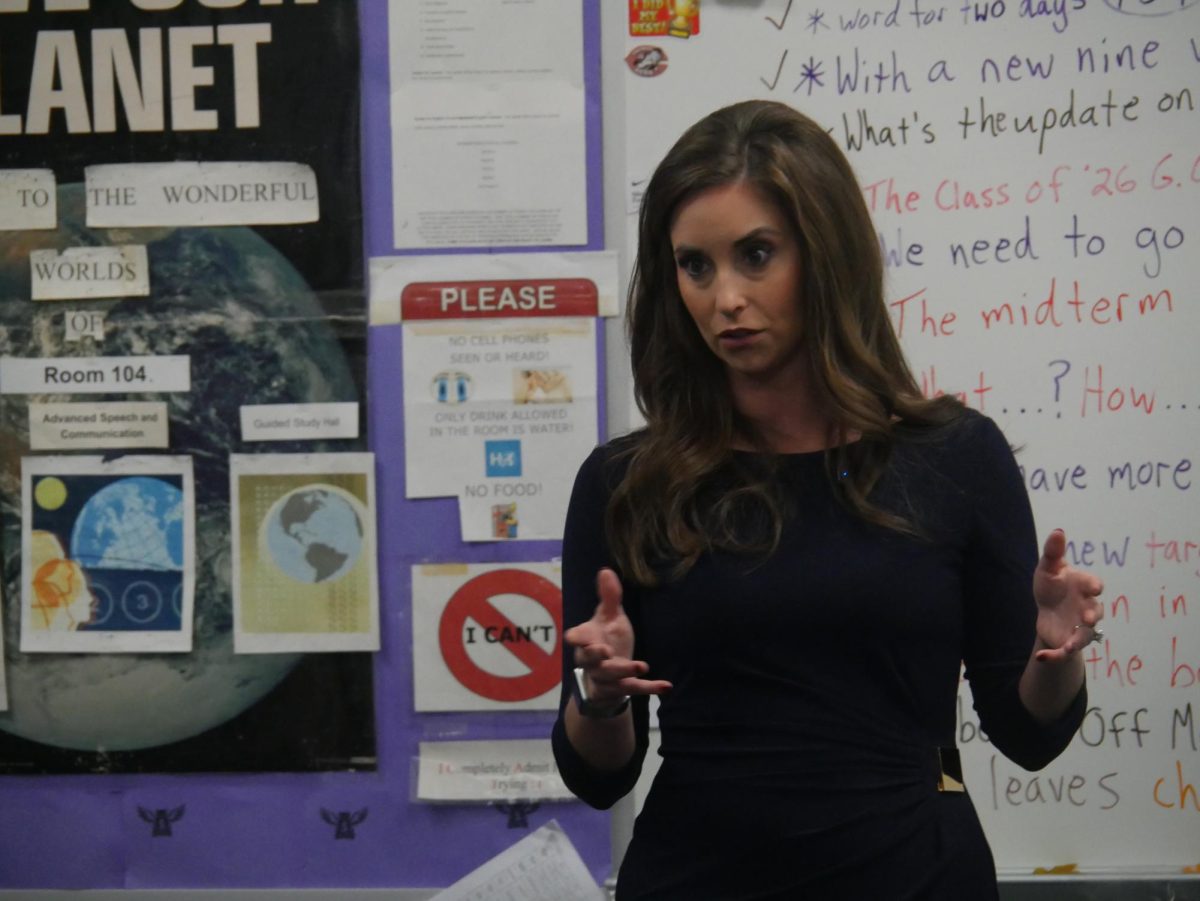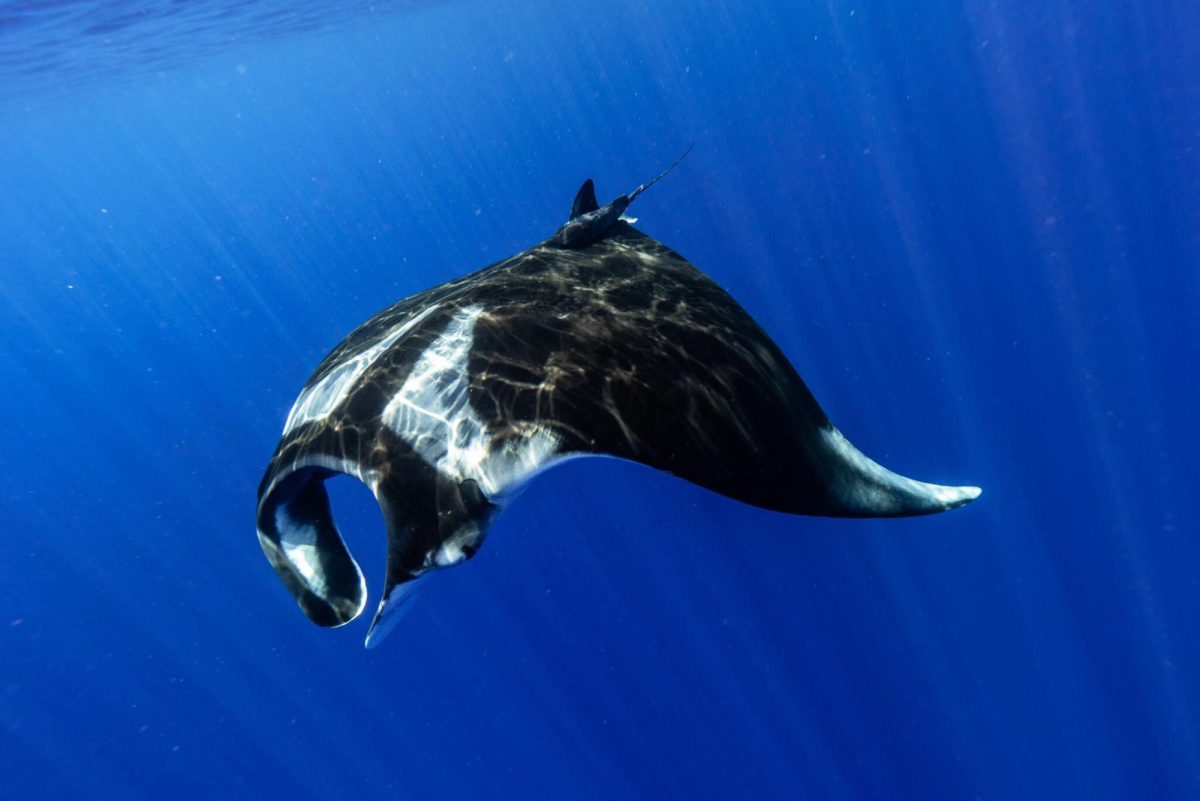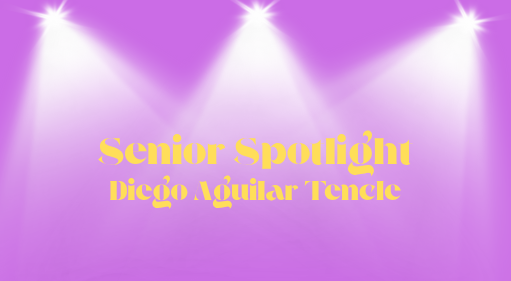This past summer Seymour High School students and a teacher went to the equator to learn more about the culture and ecosystems living in Ecuador and the Galapagos Islands.
The trip was organized by Seymour High School Biology Teacher Ms.Swengel and World Strides. She said her reasoning for organizing this trip was, ” I wanted to allow students to explore the world around them and to experience a once-in-a-lifetime adventure.” The trip was 8 days long with travel, new experiences, and educational fun. On the first day, they took off and flew to Quito the capital of Ecuador.
On the 2nd day, they walked around the city learning the history and stories surrounding the churches, statues, and memorials there. They then went to the middle of the earth Latitude 0°0°0° and learned how the equator works for both hemispheres.
On the 3rd day, they set off to the Galapagos, the first island being Isla Seymour an old U.S. military base turned airport for visitors to enter and leave. They then traveled and stayed on Isla Santa Cruz to learn how species learn and adapt to changes and why the islands are so special. They were taught why the government is so strict on what you can do and bring and leave from the islands.
Days 4-7 were used to travel by speedboat and explore the biggest island Isla Isabela. They learned about the different environments that can exist on the islands and how varieties of species whether animal or plant exist in various forms in them. They went snorkeling in the waters and saw the aquatic habitats and life that exist there too. They hiked up one of the volcanoes located named Volcan Chico and saw from the top what the inside looked like. They also learned how volcanoes can affect not only the environment but also the land mass by adding more and creating more space for the ecosystem. After their time on Isla Isabela was over they then took a speedboat back to Isla Santa Cruz to stay one more night before they left for Quito.
On their last day in Quito, they spent it with the Natives and locals learning about their culture, language, and stories they have been telling since they began. They hiked on another Volcano led by a native sharing stories of the volcano and what rituals and traditions they have on it. After they had finished the hike with him he gave them bracelets crafted by his family as a gift and then they set off to have a special lunch, which was barbacoa in which they were taught how to thank the cosmos, earth, and animals for the food they had. After they spent time learning how daily life works and what a market was like, they said their goodbyes and left in the night to arrive back home where their families welcomed them back in welcoming arms.
One of the students who had gone, Sophia Ratliff said, “I had fun meeting new people and learning and doing new things on this trip.” As an editor and someone who had gone on this trip as a student I would like to thank Ms.Swengel for allowing us to experience this with her and that she wants more students to know she is hosting another trip in 2026 for Australia for the incoming and future students.



